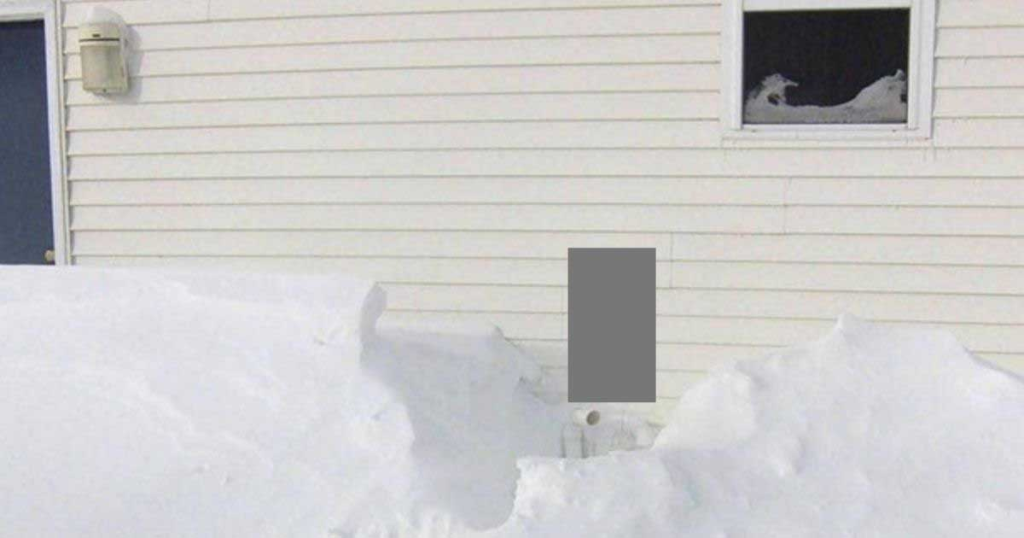If you own or rent a home and live in an area where it snows in the winter, you should be aware of this information. The Nipissing Township Fire Department has issued a warning to homeowners (and renters) whose homes are equipped with high efficiency furnaces.
When snow begins to pile up against your home, it is very important to ensure that it does not block fresh air intakes and vents.

These pipes are usually white or black in color and are located on the outside of the house. A clogged inlet or outlet pipe can cause carbon monoxide poisoning to the inhabitants of the house. The same warning applies to dryer vents. Be vigilant and constantly check all pipes and vents during periods of heavy snowfall or when snow is blowing.
Carbon monoxide is known as the “silent killer” because it is colorless and odorless. Accidental carbon monoxide poisoning from generators or fuel-burning appliances, such as furnaces, stoves, fireplaces and water heaters, can be deadly if levels are high enough.

It is also very important to have carbon monoxide detectors inside your home to alert you and your family if levels begin to rise. These detectors should be placed in a central location, outside each bedroom and on all levels of the home. If the alarm goes off or if you suspect carbon monoxide is present in your home, leave the premises immediately and call 911. Be sure to take this information seriously and share it with your friends, family and neighbors.

As the snow starts to drift against your house, homeowners with high-efficiency furnaces should make sure their fresh air intake and exhaust pipes are free of snow. They’re usually white plastic pipes that come out of the side of a home. A blocked intake pipe or exhaust vent could result in carbon monoxide poisoning. The same is true for dryer vents. Check vents frequently during periods of heavy or blowing snow.
Carbon monoxide, also known as CO, is called the “invisible killer” because it’s a colorless, odorless, and poisonous gas accidental CO poisoning from generators or fuel-burning appliances such as furnaces, stoves, water heaters and fireplaces. Breathing CO at high levels can kill you.
Make sure you have carbon monoxide alarms inside your home to provide an early warning of increasing CO levels. These alarms should be placed in a central location outside each sleeping area and on every level of your home. If the alarm goes off, or you think you may have CO in your home, call 911.











